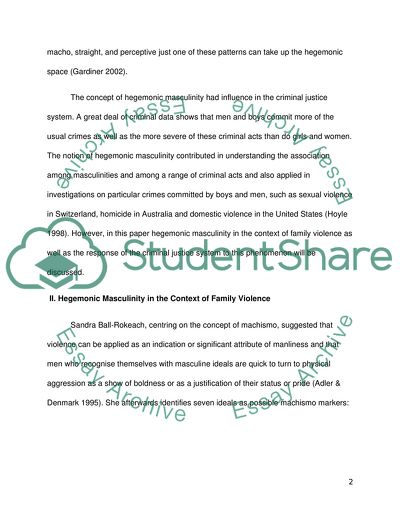Cite this document
(Criminal Justice System Interventions: Family Violence Coursework, n.d.)
Criminal Justice System Interventions: Family Violence Coursework. https://studentshare.org/law/1724854-criminology
Criminal Justice System Interventions: Family Violence Coursework. https://studentshare.org/law/1724854-criminology
(Criminal Justice System Interventions: Family Violence Coursework)
Criminal Justice System Interventions: Family Violence Coursework. https://studentshare.org/law/1724854-criminology.
Criminal Justice System Interventions: Family Violence Coursework. https://studentshare.org/law/1724854-criminology.
“Criminal Justice System Interventions: Family Violence Coursework”. https://studentshare.org/law/1724854-criminology.


